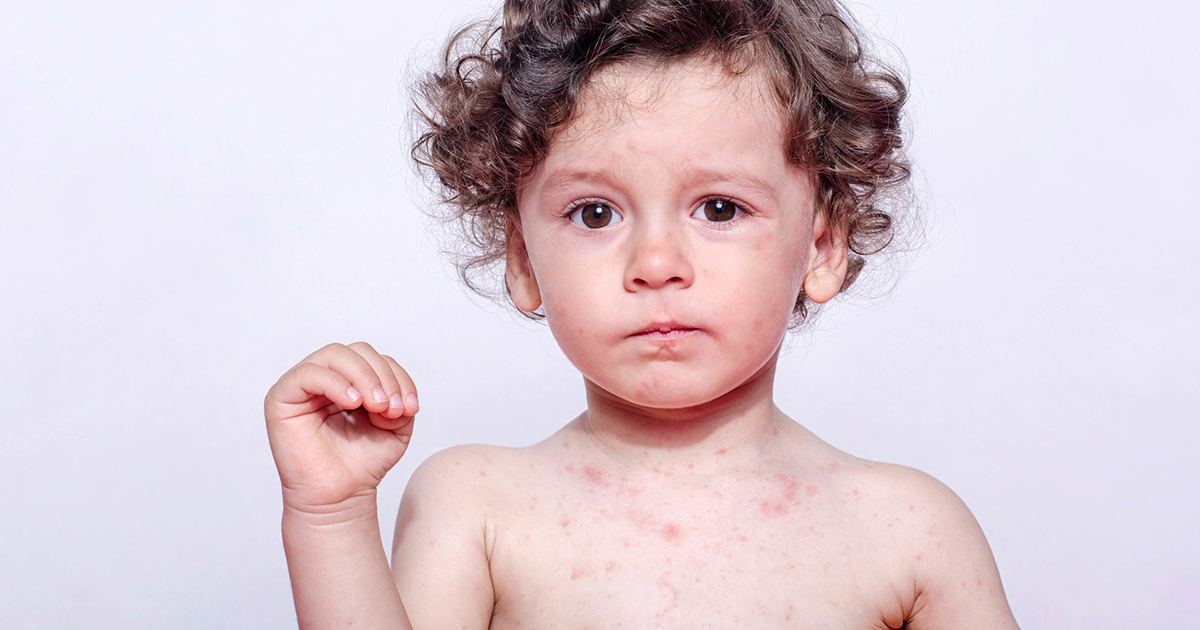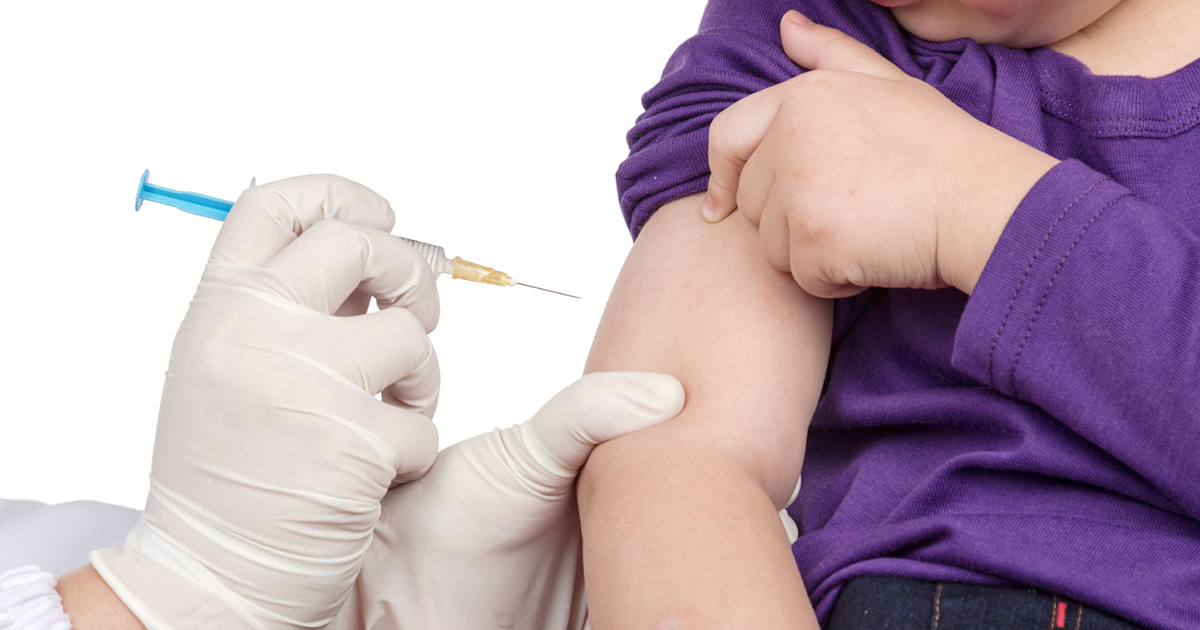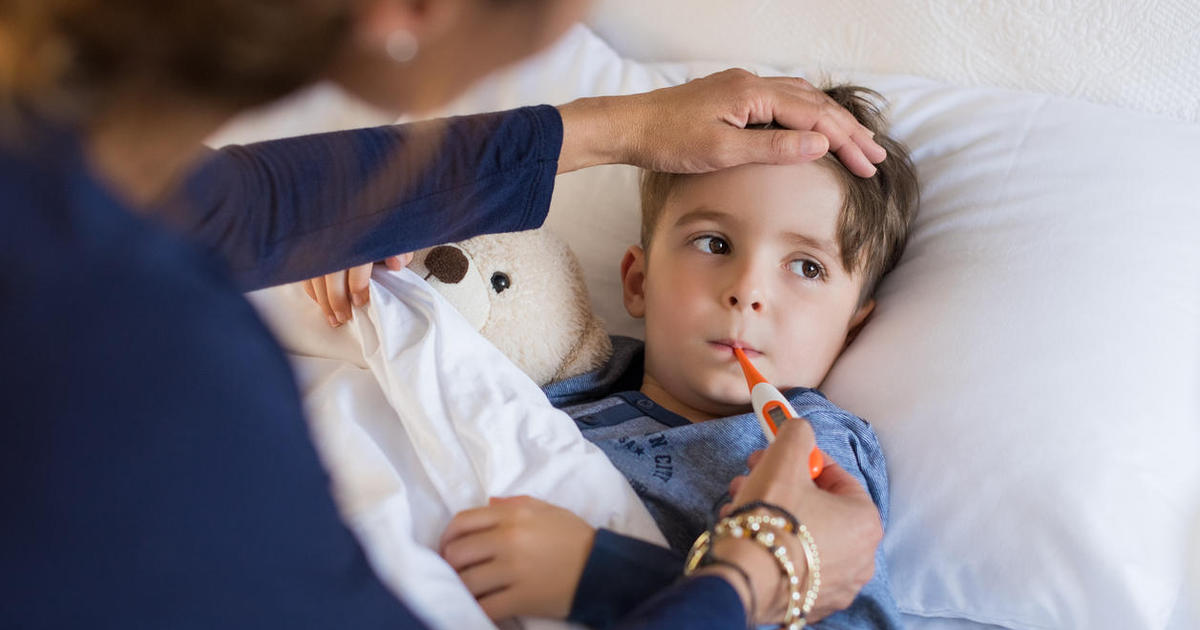Causes, Risk Factors, And Complications Of Measles
Measles or rubeola is a contagious childhood infection caused by a virus. Symptoms of measles do not appear in an infected individual until between ten to fourteen days after they are initially exposed. Symptoms begin with a mild fever that may or may not manifest with flu-like symptoms including dry cough, runny nose, and a sore throat. As the infection progresses, a rash of slightly raised, small red spots appears on the affected individual's skin. Usually, the face breaks out in this rash first, and Koplik's spots appear in the mouth. The rash spreads across the arms, down the trunk, and onto the thighs, legs, and feet. Once the rash has spread over the body, the patient will spike a fever between 104 and 105.8 degrees Fahrenheit. There is no measles cure, so treatment is carried out with fever reducers, antibiotics, and vitamin A. Various risk factors, causes, and complications can affect a patient's measles outcome. Learn about them now.
Viral Infection

Measles is an infection caused by a virus called Rubeola. The Rubeola virus has the ability to live for two hours in the air and on surfaces once an infected individual has sneezed, coughed, or touched it. Others contract the virus when they touch the infected surface and make contact with their noses, mouths, and eyes, or when they breathe in the contaminated particles in the air. This viral infection then invades the individual's respiratory tract and colonizes in the mucus of the throat and nose. An infected individual can spread measles to unvaccinated others anywhere from four days prior to the rash emergence to four days following the appearance of the rash. There is no known medication that can kill the virus in the same way antibiotics do for bacterial infections. The patient's body has to fight off the virus with or without the help of supportive treatment methods. Measles can cause serious health problems, particularly for those who are under five years old. One in every four individuals affected by measles is hospitalized in the United States. Once an individual has had this particular viral infection, they will not contract it again in their lifetime.
Keep reading for more on the risk factors linked to measles now.
International Travel

Any unprotected individual who is engaging in international travel will be at a significantly higher risk of contracting measles. While this viral infection is uncommon in the United States, it is a common disease in other parts of the world. Individuals who are unvaccinated and travel outside of the country are likely to bring it back to their home. Approximately a fourth of all individuals diagnosed with measles have contracted it through traveling internationally. Countries located in Africa, Asia, and the Pacific have the highest prevalence of the measles infection as of the present day. Popular travel destinations in Europe have shown new breakouts just in the past few years. Vessels of travel such as aircraft and cruise ships may be especially vulnerable to becoming contaminated with the measles virus. When an individual travels internationally and contracts the measles, they bring it back into their community where others who are unable to get vaccinated can contract it. Individuals who have cancer, children under twelve months old, and individuals on immunosuppressant therapy are generally ineligible to have the MMR vaccine that would protect from contracting measles.
Uncover more information about what increases the risk of measles now.
Vitamin A Deficiency

In individual who has a vitamin A deficiency is at a higher risk of becoming infected by the measles virus if they are unvaccinated. A lack of vitamin A can come from a diet that doesn’t contain enough of it, or from any one of numerous other diseases that causes an inability to absorb this vitamin from food, including celiac disease, Crohn's disease, cystic fibrosis, bile duct obstruction, giardiasis, and cirrhosis. This type of deficiency commonly occurs in low-income countries where protein-energy malnutrition, intestinal worms, and intestinal infections are prevalent. Vitamin A is important for the body to be able to fight off measles because it plays a critical role in the integrity of the mucosal tissues in the nose, mouth, and other organs in the body. In order for the mucus in the nose, mouth, and intestinal tract to be able to eradicate infections effectively, adequate amounts of vitamin A must be present. Individuals deficient in vitamin A have a lower resistance of their epithelial tissues to foreign pathogens. Because measles is contracted through and colonizes in the mucosal tissues, an individual with an immune weakness in these tissues is more susceptible to contracting the virus.
Get more information on what increases an individual's risk of getting the measles now.
Not Being Vaccinated

The individuals who are at the highest risk of contracting the measles are those who are unvaccinated. If one individual is infected by measles, nine out of every ten individuals who are close to them and are unvaccinated will contract the virus. Prior to the introduction of the measles vaccine, 2.6 million deaths were attributed to the measles each year. Because of how contagious the infection is, receiving one of the two available vaccines is the best way to prevent measles. The MMR vaccine protects individuals from mumps, rubella, and measles. The MMRV vaccine protects individuals from measles, rubella, mumps, and chickenpox. The measles vaccine is typically part of the routine vaccine schedule for children between one and six years old. Usually, the first dose of the vaccine is given between twelve and fifteen months of age. The second dose is given when the child is between four and six. Any unvaccinated adults can also receive the measles vaccine. Various pre-existing factors may make an individual ineligible to receive the vaccine such as autoimmune diseases, cancer, blood disorders, and certain allergies.
Uncover details on complications linked to the measles now.
Pneumonia

A common complication that precipitates from the measles is pneumonia, which is the number one cause of fatalities attributed to measles in small children. Pneumonia is an infection of both or one of the lungs. The infection causes the alveoli or air sacs in the lungs to become severely inflamed and accumulate pus or fluid. Pneumonia may cause an individual to have a fever of up to 105 degrees Fahrenheit, a severe headache, muscle pain and weakness, a dry cough, and shortness of breath. A measles patient will have a preoccupied and weakened immune system. When bacteria or other viruses invade the mucosal tissues in the respiratory tract, the immune system is unable to perform its usual mechanisms to eradicate them. This impairment allows the pathogens to enter the lungs and begin multiplying rapidly. This causes an infection that is secondary to the measles or pneumonia. Antibiotics are used in the treatment of measles when a patient has pneumonia or another bacterial respiratory infection.
